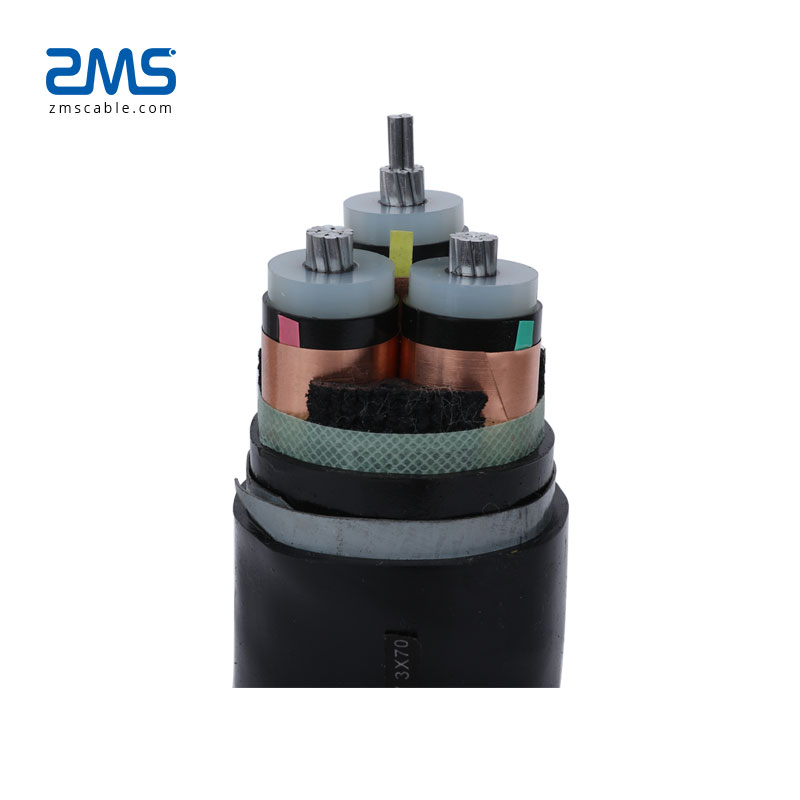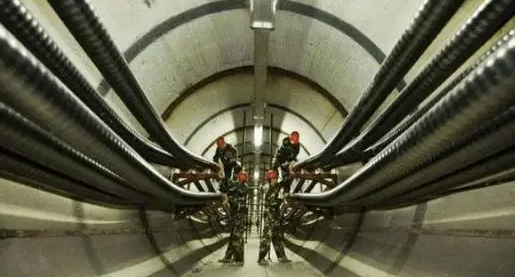
The Electricity Authority has invited interested parties to submit bid documents for the deployment of underground cables. The location of the deployment includes a wide range of roads such as Ratnapark, Maitighar, Thapathali, Chabahil and Thamel.
“Deploying underground cables is a costly thing. Therefore, we will only deploy on the main roads of the city,” said Manoj Silwal, Director of the Project Authority of Nepal Power Authority.
The power bureau decided to deploy underground cables and remove overhead lines to improve the power distribution system. This is part of a $180 million transmission and distribution efficiency project funded by the Government of Nepal and the Asian Development Bank.
The Transmission and Distribution Efficiency Project aims to meet the growing energy needs of Kathmandu and increase the capacity and reliability of the distribution network through automated networks, laying underground cables, using insulated cables to erect overhead lines and installing smart meters.
In the $180 million financing, the Asian Development Bank will provide $150 million in soft loans and the Nepalese government will provide the remaining funds.
According to a notice issued by the Nepal Electricity Authority, the project will conduct an international public bidding to select the contractor to lay underground cables. The tender will be conducted in accordance with the “Single-Phase Double Envelope Bidding Procedure” of the Asian Development Bank, and technical and financial quotations must be submitted in two envelopes.

The technical tender will be opened on October 6th with the presence of the bidder’s representative, and the financial tender will remain closed and remain in the locked box.
The power bureau will only conduct financial bidding for bidders with technical qualifications. After the contract is awarded to the technically qualified minimum bidder, the financial bid documents of the technically unqualified bidders will be returned in an unopened state.
The power bureau will use the horizontally mounted grid system to lay underground cables because it will cause less damage to the roads. The system allows the cable to be laid a distance of 100 meters by drilling a hole in one place.
“We also realized that road traffic should not be affected by construction. Therefore, we will be asphalt roads immediately after the cable is laid,” Silwal added.
According to the Electricity Authority, the main reason behind the plan to demolish existing overhead lines and install underground cables is to improve the reliability of the distribution system. The power distribution system's existing power distribution system is very fragile, causing a sudden power outage even when the power supply is sufficient.
The existing distribution network in the Kathmandu Valley cannot support loads exceeding 400 MW. The power bureau plans to upgrade the system to support up to 2000 megawatts of electrical load.